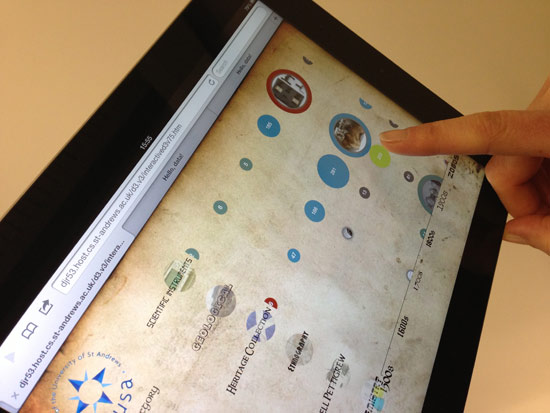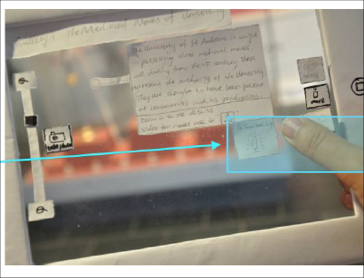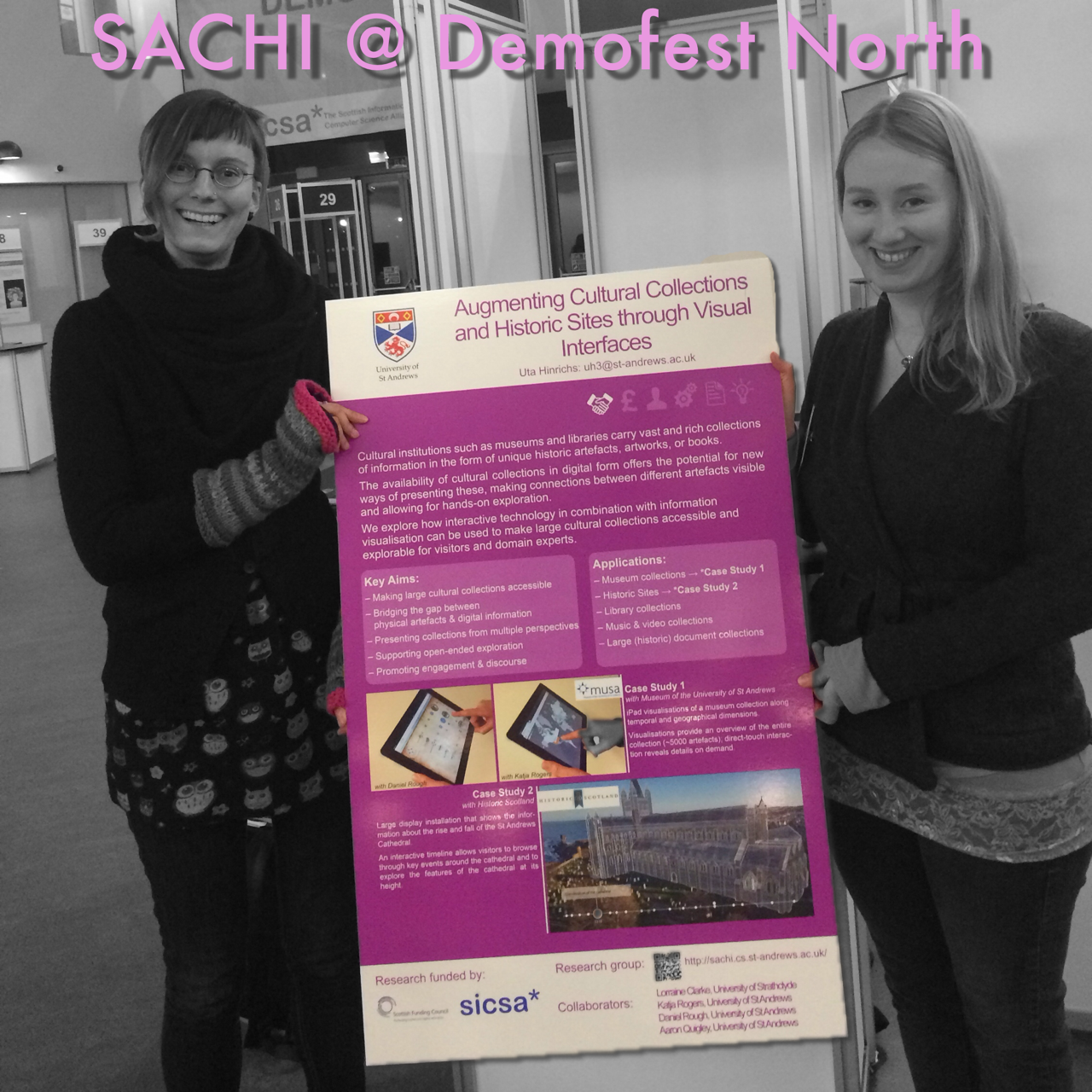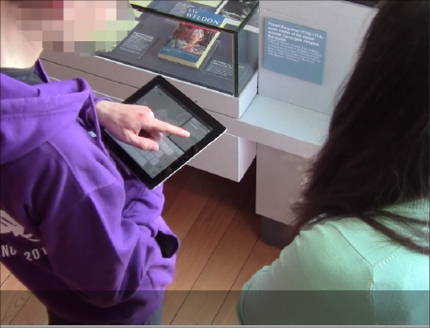SMART
Uta Hinrichs, Katja Rodgers, Aaron Quigley, Daniel Rough, Hong Xue
Overview
MUSA: Museum of the University of St Andrews
With such a long history, the University collection in St Andrews has grown to encompass over 112,000 artefacts. However, due to space limits what you can see during a visit to the museum is less than 0.3% of their collection. While MUSA might be considered a small museum it is exemplary of the problems and indeed opportunities museums across the world face with limited display space, limited temporary exhibition space and high cost of rotating displays.
The National Museums of Scotland (NMS) which had 1.26 million visits in 2010/2011 and its recent redevelopment created sixteen new galleries. Yet, it can still only display 8,000 historical artefacts out of an entire collection of over 4 million objects or 0.002% of their collection. Internationally, we can consider the Smithsonian Collection of 136,000,000 objects, artworks and specimens. While the Smithsonian has vast exhibition space available, they can still only display a small fraction of this collection. “Older” Smithsonian museums such as the National Air and Space Museum appear pinned in the 1970’s in terms of both information display and interpretation as they are effectively stuck with their design, format and content with very limited ability to connect into new forms of content delivery.
The “iceberg” phenomenon has much to do with the functionality of a museum, which is that of being an education institute in an entertaining way. Instead of obtaining knowledge from plain books, images and videos, visitors can view real objects in museums, interact with them and consequently gain a better understanding. A good example is education services offered by the Australian Museum. It provides visitors, especially students, with colourful activities such as workshops, study days and various programmes associated with extensive learning areas.
In MUSA the artefacts are categorised into seven main categories:
- Anatomy & Pathology Collection : Contains anatomical models, bones and other specimen, as well as surgical instruments
- Heritage Collection : Artefacts connected to the university’s role as Scotland’s oldest university, among them art, furniture, photographs and ceremonial objects.
- Chemistry Collection : Chemical equipment, medals, and samples.
- Ethnographic Collection : Largely consists of South American archaeological items, but also artefacts from Australia, Asia, and Africa.
- Collection of Historic Scientific Instruments : Scientific instruments used at the university in the areas of Physics and Astronomy.
- Geology Collection : Rocks, fossils, and minerals.
The Smart project progressed from initial requirements capture, through paper prototype 1 and evaluation, then low fidelty prototype 2 development, then high fidelity prototype 3 development and evaluation in MUSA in May 2014.
In the first stage of the project we followed a user-centred interaction design process in an iterative way, proposing design space for an AR interface. In the initial iteration, a field study was carried out, from which we know that the majority of MUSA visitors are “window shoppers” and “explorers” with an “Ants” visiting style. In the second stage of the project we implemented an interactive visualisation based on real MUSA data for the Museum of St Andrews (MUSA), on an iPad. This visualisation allows the user to view information on artefacts not currently on display in the museum, by way of an intuitive and enjoyable user interface. In the final prototype we explored and evaluate how museum visitor experience is influenced by a tablet-based information visualisation of the artefact collection of the Museum of the University of St Andrews, in combination with the university’s alumni from 1747-1897. The Biographical Register of the University of St Andrews, 1747–1897 by Robert N. Smart details the lives of former alumni of the University of St Andrews, as diligently researched and compiled from a wide variety of historical documents over a period of many years.
The final visualisation allows the exploration of the artefacts and the alumni data along geographic and temporal dimensions, as well as browsing of individual artefacts by collection or keyword.
Publications
Katja Rogers, Uta Hinrichs and Aaron Quigley. ‘It Doesn’t Compare to Being There: In-Situ vs. Remote Exploration of Museum Collections’. In Workshop The Search Is Over! Exploring Cultural Collections with Visualization, held in conjunction with the Digital Libraries Conference (DL’14), 2014. http://searchisover.org.





